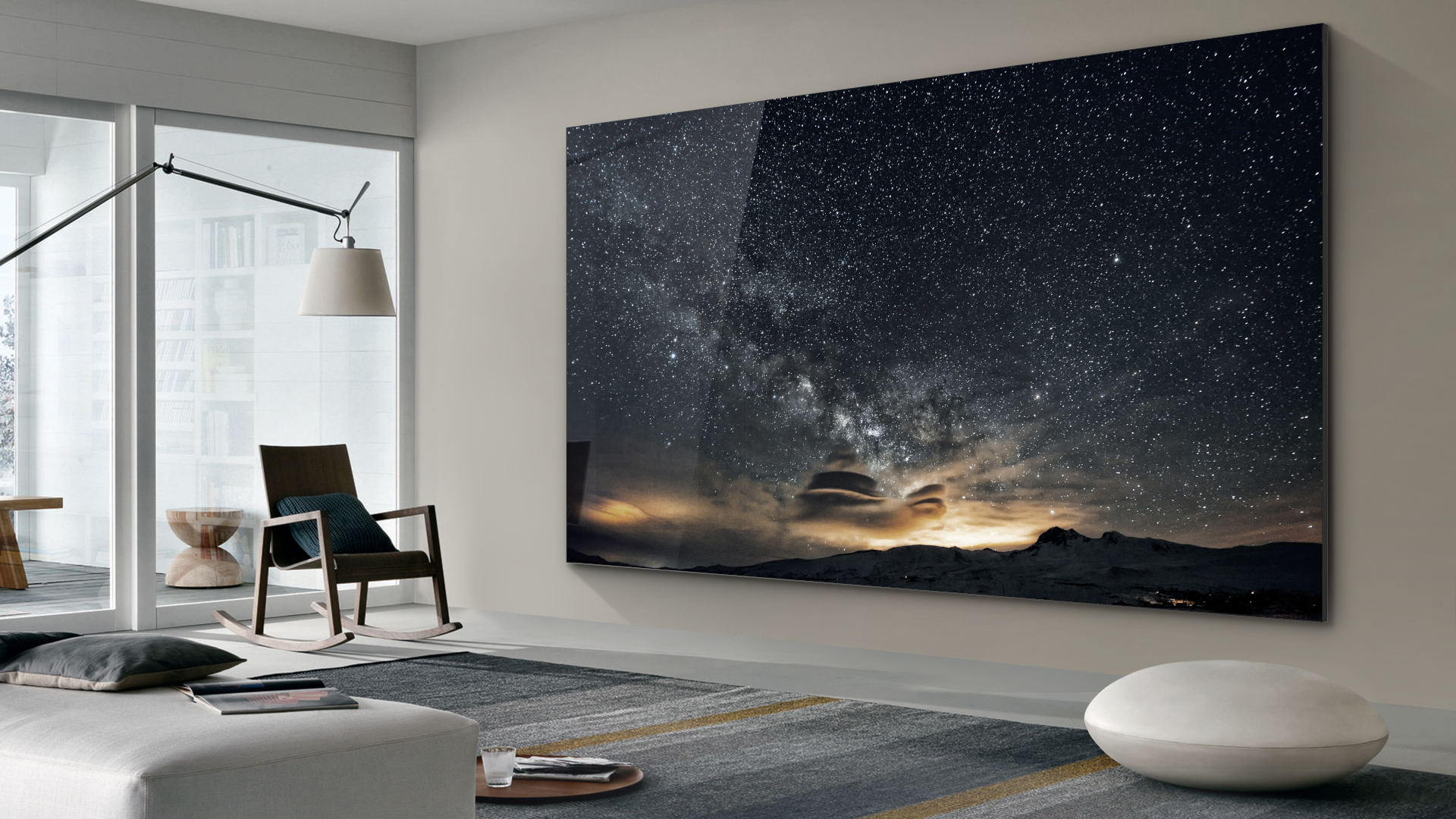DisplayPort 2.0 is finally here, and it can do a lot
16K video, anyone?

We've been on DisplayPort 1.4 since 2016, so it was only a matter of time before we got a new display standard. And, well, DisplayPort 2.0 is finally here.
VESA DisplayPort 2.0 has arrived, offering nearly triple the bandwidth of DisplayPort 1.4 – up to 77.4 Gbps opposed to 1.4's 25.92 Gbps. That's quite a lot of data over a single connection. And, because of this higher bandwidth, DisplayPort 2.0 is able to support much higher resolutions – up to 16K (15,360 x 8,460) at 60Hz.
- Check out the best gaming monitors
- The best 8K TVs don't seem so high-end anymore
While it's unlikely that anyone would be able to actually take advantage of that resolution for years to come that doesn't mean that there aren't benefits to DisplayPort 2.0 here and now.
With DisplayPort 2.0, you can drive up to three 4K TVs or monitors at 90Hz. And, if three displays is too much for you, you can still run two 8K displays at 120Hz. VR is also going to get a boost from this standards, as you'll be able to drive two 4K x 4K displays at 144Hz, bringing UltraHD to VR for the first time.
The first products using DisplayPort 2.0 are expected to arrive in late 2020. However, the good news is that it should be pretty widely adopted, thanks to both its backwards compatibility and the continued support of USB-C and Thunderbolt 3.
The future is in high definition
Ultra HD resolutions have become pretty much ubiquitous over the last few years, with essentially every streaming service offering content in 4K. However, as 8K TVs and monitors have started to arrive, it's left us looking to the future more than before.
It will likely still be years – if not a decade – before we see 16K displays make it to the mainstream, so it's not worth tossing away your 4K TV just yet.
Get daily insight, inspiration and deals in your inbox
Sign up for breaking news, reviews, opinion, top tech deals, and more.
Either way, it's likely that we'll see these high resolutions appear in monitors for professionals before they make it to your living room. But, when they do appear, at least we'll have the video standard to power them.
- Check out the best graphics cards
Bill Thomas (Twitter) is TechRadar's computing editor. They are fat, queer and extremely online. Computers are the devil, but they just happen to be a satanist. If you need to know anything about computing components, PC gaming or the best laptop on the market, don't be afraid to drop them a line on Twitter or through email.
